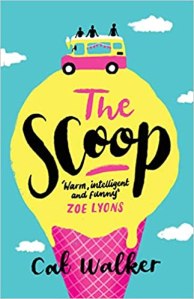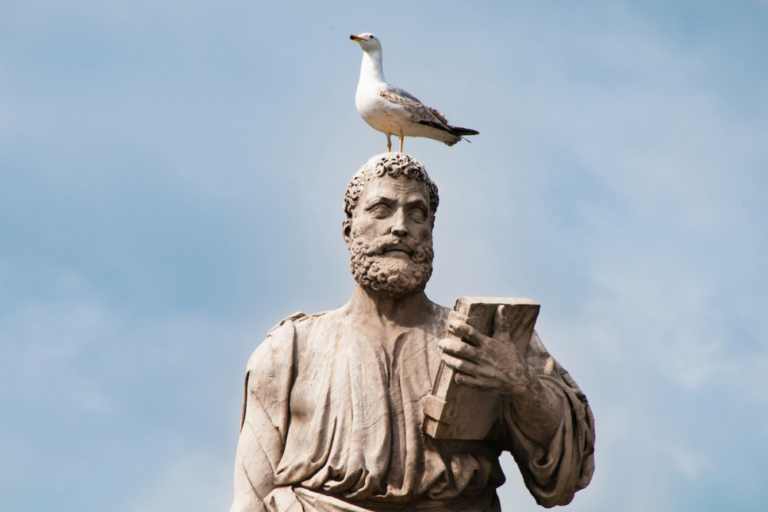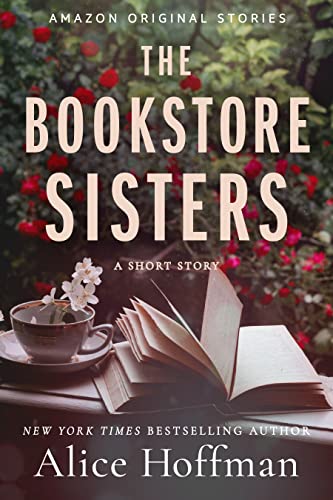Peter Thabit Jones once introduced me to the arresting sentiment from Vernon Watkins that ‘cold craftsmanship is the best container of fire’. It is a thought I try to keep in mind when I write. I contributed three sample poems to The Book of Forms: A Handbook of Poetics, Including Odd and Invented Forms (Lewis Putnam Turco, 4th edition, UPNE), and it is my hope that the reader will enjoy my chosen mix. The collection includes examples of the Sonnet, the Villanelle, the Sestina and the Terza Rima. I have added an Imagist poem, a List poem and a Tercet Ghazal.
When it comes to writing an individual poem, I very often begin with an image, a thought or even a word. I sometimes start by writing organically, particularly if I am in danger of losing the key thread, with a view to honing the poem into its natural shape at a later stage.
1. Tell us a little about Driftwood by Starlight.
3. Are you a plan, plan, plan writer or do you sit down and see where the words take you?
Caroline Gill’s poetry collection, Driftwood by Starlight, was published Seventh Quarry Press.
Driftwood by Starlight is my first full collection of poems. It was published by Peter Thabit Jones, Founder and Editor of The Seventh Quarry Press. As the title suggests, many of the poems have a watery theme. A number address the Climate Crisis; others focus on threatened species such as the Curlew. My husband, David Gill, is an archaeologist. We lived in Rome for a year and share a love of the past. Two of the poems are set in Italy, one at the time of the eruption of Vesuvius.
4. Is there anything about the process of publishing a book that surprised you?
6. If you could only read one book for the rest of your life which book would it be?
illustrations. Little did I know then that I would go on to teach Classical Civilisation (with modules in Ancient Greek poetry in translation) to A Level.
When I am not writing poems, I am not infrequently drafting entries in my diary or posts for my wildlife blog. When I have the chance, I love to be out on the cliffs in North Yorkshire with my camera and binoculars, watching puffins and other sea birds. I like to take part in the Garden Butterfly Survey, organised by Butterfly Conservation. I enjoy pottering in our wildlife garden to see which species are about. My husband and I have recently been intrigued by the colourful Wasp Spiders and their extraordinary egg-sacs. I occasionally make small pen-and-ink sketches of seascapes, ruined abbeys and castles. I have chipped away at my family tree for decades, and always enjoy visiting ancient sites and secondhand bookshops.
I doubt there is a fail-safe way of proving that it did. And, of course, as human beings, we all have our own unique outlook. As a youngster, I struggled with the chords for folk guitar until my teacher changed my strings around for me. When I started to write sentences at school, I sometimes began at the right-hand margin and moved towards the left. I mention this in one of the poems in the book. In junior school I learned to curl my wrist when I wielded my (left-handed) fountain pen, to limit the smudging. I have a theory that left-handers become good at finding ways around a situation because we often have little choice. And while I can hardly use an ordinary pair of scissors, I like to believe that my left-handedness has indeed been a positive influence on my approach to creative writing.
With elegance and finesse, (Caroline) masters a range of traditional forms, all of which beg to be read aloud so their musicality can be fully relished.
5. What do you do when you aren’t writing? What do you do to relax and get away from it all?

In the Q&A by Susmita Bhattacharya on this site, I noticed a mention of the well-loved radio show, Desert Island Discs, in which a celebrity castaway chooses favourite musical tracks to take to the imaginary island, along with a copy of the Bible, The Complete Works of Shakespeare, another book and a luxury item. If a Bible was not automatically provided, I would ask for a copy. It is a book I have known all my life and a book that sustains and informs my Christian faith. The annual Christmas Carol Service known affectionately as Carols from Kings has often included the words of a Bidding Prayer by Dean Miner-White (1884-1963). The prayer alludes to the coming of Christ the Saviour in the context of what Milner describes as ‘the tale of the loving purposes of God’.
I am currently contemplating a themed collection, and am attempting to decide in advance which poems might fit on which pages. I have yet to discover if this approach will work for me.
In several poems, joy and wonder in the natural world co-exist with a deep, questioning concern for threatened species …
Eco-poet, Susan Richardson, writes the following words on the back cover blurb:
2. What inspired the book?
I won my first poetry competition for a poem about a koala when I was twelve years old. My concern for the planet, springing from my love of the natural world and its creatures, has been a driving force. I feel a strong connection to the coast, especially in Cornwall. While my sense of rhythm may be largely due to my love of hymn singing, I am often captivated by the music of the sea.
The cover photograph shows a favourite Cornish cove at night. I stood on this pebbled shore as a child, gazing out at the moon on the water and staring up at the stars above. Cornwall, a place dear to my heart with its magnificent but fragile coast, fascinating history and timeless legends, features more than once. I spent twenty years in Swansea, the hometown of Dylan Thomas, so it is not surprising that there are poems set in Wales. One of these, ‘Elegy for Idris Davies’, was nominated for the Pushcart Prize. Some of my maternal ancestors lived in Scotland, another Celtic land that stirs my imagination.
I soon realised how naïve I was when it came to an understanding of the technicalities and aesthetics that go into the production of a book, from the setting and pagination to the fonts and the ISBN. I owe a vast debt of gratitude to Peter, my publisher, for ensuring that Driftwood by Starlight was so beautifully produced. I should also thank Laurence Hartwell, who generously allowed us to use his wonderful photograph of Cadgwith Cove on the cover.
and
In terms of selecting poems and their place in the collection, I planned and planned, or perhaps spent many hours experimenting with order and cadence. I cut out strips containing the poem titles, and pushed these around on a table, trying to find poems for the double spreads that seemed to me to speak to one another in a particular way.
This is an interesting question for a poet who, thus far, has not attempted a verse drama with a plot. Driftwood by Starlight followed on from The Holy Place, my 2012 ‘poet to poet’ chapbook, shared with Californian-based poet, John Dotson, and published by The Seventh Quarry in conjunction with Cross-Cultural Communications in New York. I mentioned that many of the themes in my first full collection are linked to water; I wanted to feel that there was a flow, a kind of uniting force, running through the pages, mirroring the meandering course of an underground stream with its occasional pools and surface ripples.
Did being a left-handed writer make a difference to your perception, imagination and approach when it came to your creative practice in writing the poems for Driftwood by Starlight?
7. I like to end my Q&As with the same question so here we go. During all the Q&As and interviews you’ve done what question have you not been asked that you wish had been asked – and what’s the answer?
The book was inspired by my family and my own love of poetry. I grew up in a home full of books. My father, who enjoyed reading to his wife and growing children on winter evenings as we sat round the fire, inherited his love of poetry from his own father. My mother borrowed a child’s copy of Homer’s Odyssey from our local library when I was learning to read, and I was captivated by the timeless tale of adventure and the wonderful







